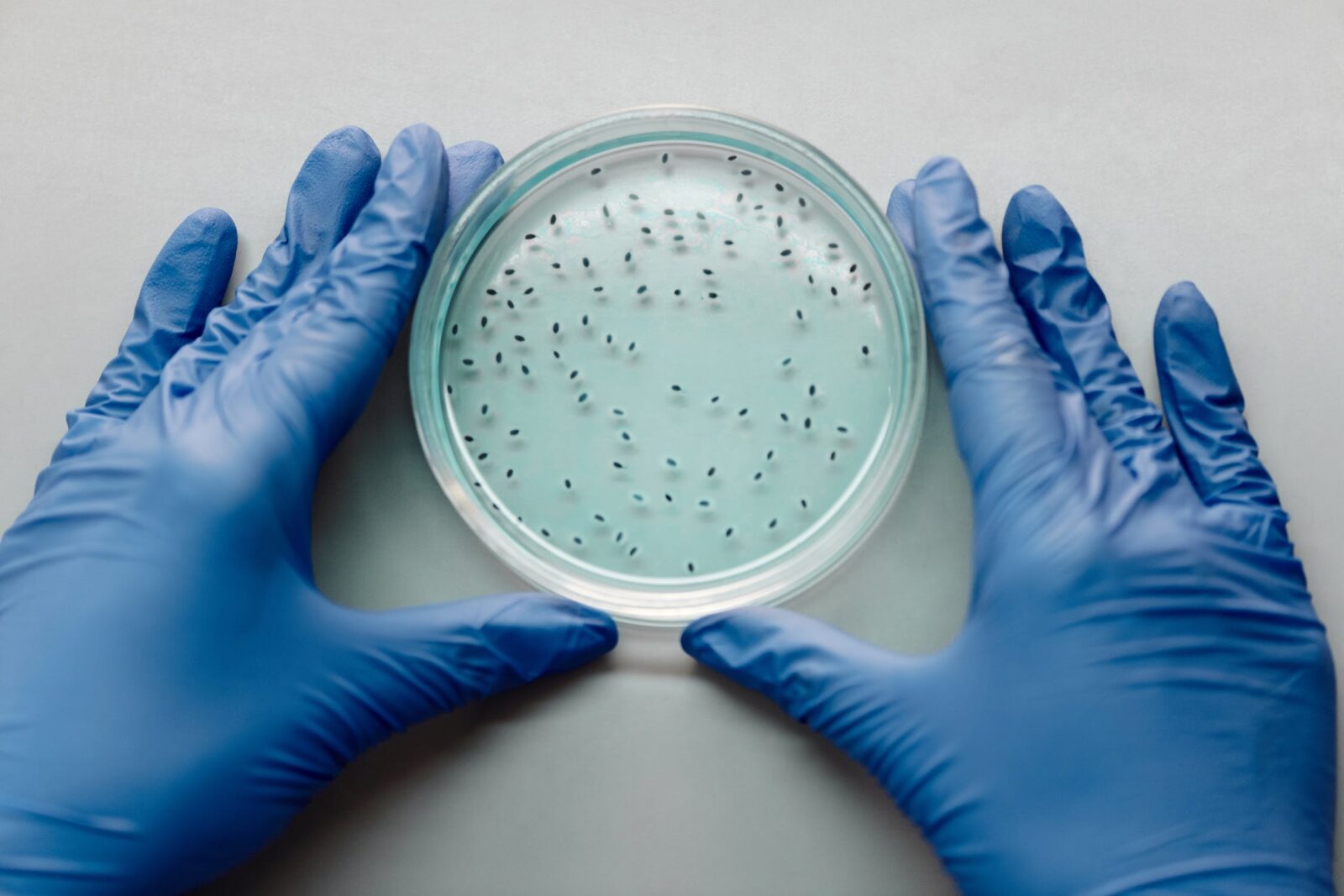The weird synthetic fish scoots about in a salt as well as glucose environment, utilizing the same mechanism as our beating hearts, with its tail flicking repeatedly sideways.
This ingenious miniature circulatory system, created by Harvard and Emory University researchers, can swim for almost 100 days. The weird tiny gadget, which is made up of living heart muscle cells (cardiomyocytes) generated using human stem cells, has great expectations from its creators.
The development of said ‘biohybrid’ fish is based on two major regulatory aspects of human hearts: their capacity to operate without conscious activation (automaticity) and messages activated by mechanical movement (mechanoelectrical signaling).
Researchers will potentially be able to explore these facets of heart disease more extensively as a result of the study’s findings.
While constructing anything that looks like a heart is simple enough, creating something that truly operates as one is just a considerably more difficult task. The wiggling fishbot is an important step in that direction, expanding on prior work that used rat heart muscles to create a jellyfish biohybrid pump as well as a cyborg stingray.
The biohybrid fish is created to be independent, with two layers of heart cells on either side of the tail fin, it is able to self-perpetuate its very own locomotion. Whenever one side squeezes tightly, the other side is extended, which triggers a feedback loop that forces the elongated side to contract, which then triggers the identical process on the opposite side, in a continuous cycle.
Insect flying muscles inspired this pattern of asynchronous muscular contractions. Physical flexing is a mechanical action that causes electrical signals to occur in muscle ion channels. The ion channels cause muscles to contract and activate.
The biohybrid fish’s tissue-wide movements are akin to those of the zebrafish on which the biohybrid is based, pushing the little gadget around more effectively than conventional robotic devices.
This study was published in the journal Science.











Leave a Reply